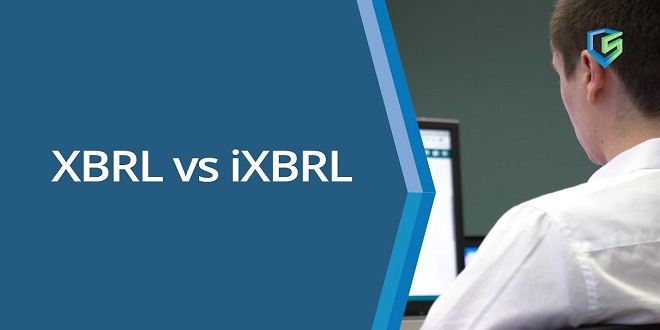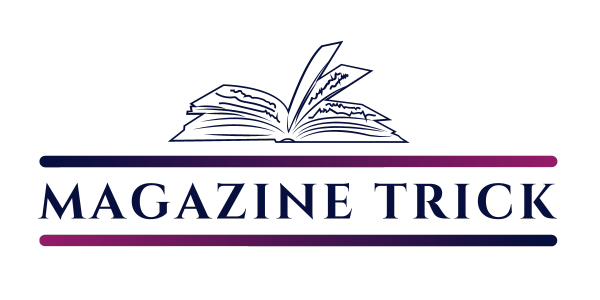XBRL (Extensible Business Reporting Language): Business Reporting with XML

INTRODUCTION
Since Pacioli defined the double-entry bookkeeping system in his 1494 book, Summa de Arithmetica, Geometria, Proportioni et Proportionalita, there have been many new developments in accounting, and these continue today in response to the demands of business and other organizations, and users. Accounting has contributed to economic prosperity and will continue do so in the future. Indeed, with the explosion of interest in communicating business information over the Internet, the recent initiative to create and implement an XBRL promises to dramatically enhance the speed and ease of information exchange for enhanced analysis and decision making.
XML: A NEW PARADIGM FOR INTERNET DOCUMENTS
Today, most B2B (business-to-business) and B2C (business-to-commerce), and many P2P (person-to person), interactions involve the exchange of information over the Internet.
HTML is a simple language that was developed to provide hypertext and multimedia functions for the Internet. However, as documents on the Web have grown larger and more complex, information providers have begun to encounter limitations in the functionality of HTML attributable to its lack of extensibility, structure, and data checking. These limitations prevent HTML from being a universal information exchange method.
SGML (Standard Generalized Markup Language)
GML (General Markup Language) was developed at IBM in 1969 by Charles F. Goldfarb, Ed Mosher, and Ray Lorie. Markup refers to the sequence of characters or other symbols that are inserted at certain places in a text or word processing file to indicate how the file should look when it is printed or displayed or to describe the document’s logical structure. The markup indicators are often called tags. GML was not merely an alternative to procedural markup but the logical representation that motivated all processing. Publishing companies implemented it because they needed a means of tagging the contents of a document so that text could be presented in a number of different ways. This approach combined two traditions, one then about 25 years old and the other around 500 years old.
HTML (HyperText Markup Language)
As mentioned earlier, HTML, the basic language for creating a Web page, is based on SGML. HTML consists of a set of markup symbols inserted in a file intended for display on a Web browser. The markup tags tell the Web browser how to display a Web page’s words and images for the user. Each individual markup tag is referred to as an element.
XML Document
XML stands for Extensible Markup Language. It is extensible because the language can be extended by anyone who wants to create additional tags for new and unforeseen purposes. It is a markup language because XML is a method of tagging information using accepted rules and formats to give definition to text and symbols.
Benefits of XML
XML enhances the power and flexibility of Web-based applications and other business software packages. It is an open standard and is system and platform independent. Also, it is free—the XML specifications of tags and attributes are developed by the W3C, which is a consortium led by not-for-profit entities
Last word
you can see from the example, an XBRL document has a hierarchical structure whereby the root element is connected to its child elements, each of which may connect to zero or more children of its own, and so forth.





